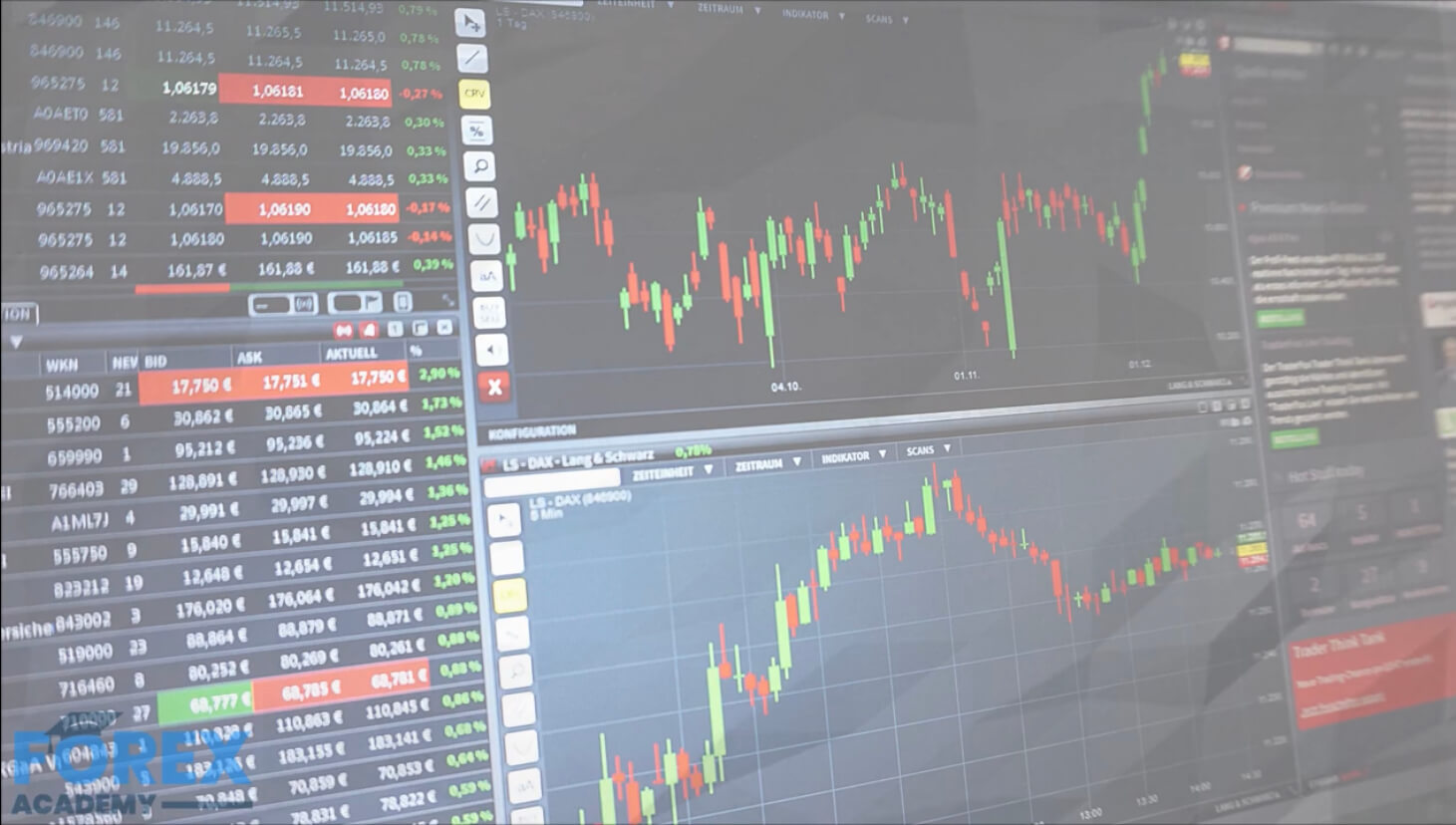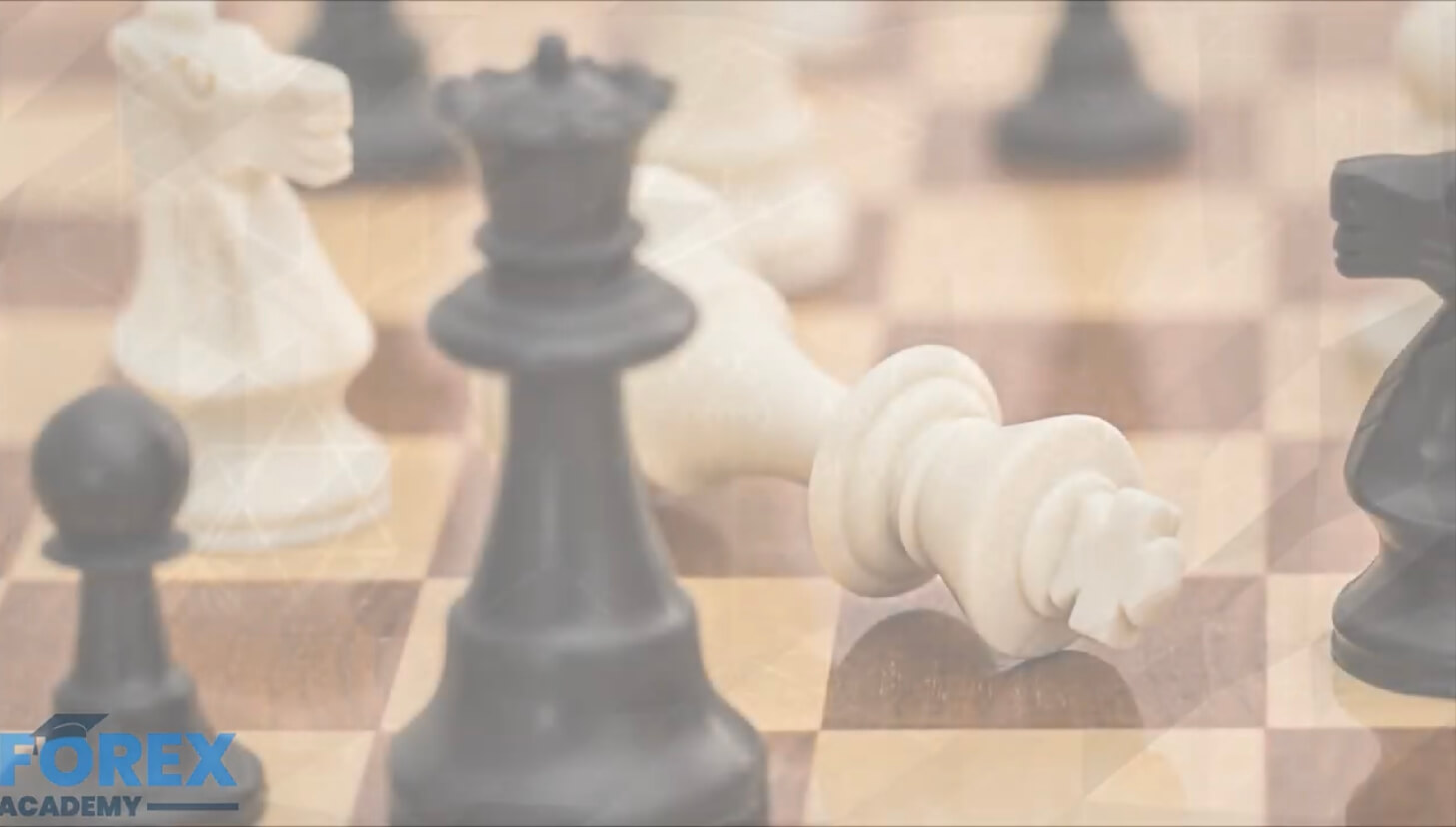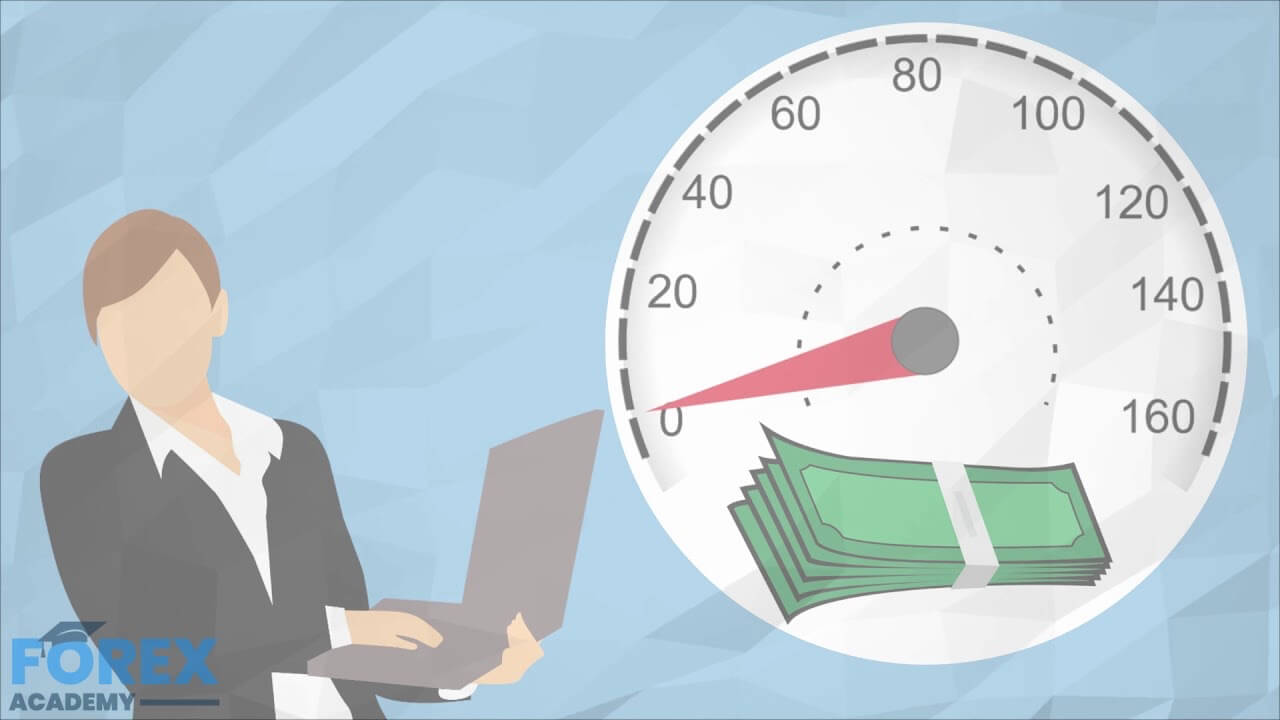Why Knowing your Strategy parameters makes sense
Usually, traders’ interest focus on entries. Forecasting seems to them a crucial skill for succeeding in the Forex market, and they think other topics are secondary or even irrelevant. They are deadly wrong. Entries are no more than 10 percent of the success of a trader, while risk management and position sizing are crucial elements that the majority of traders discard as uninteresting. Let us show why risk can be such an exciting topic for people willing to improve in their trading job.
Making sure our strategy is a winner
There are two ways to trade The good one and the bad one. The good one is when the trader fully knows the main parameters of his system or strategy. The bad one is when not.
So, why do we need to know the parameters to be successful? The short answer is that it is
Firstly, to know if the system has an edge (profitable long-term).
Secondly, by knowing the parameters, we will know how much we can risk on each trade.
And thirdly, and no less important, by identifying these parameters, we can more easily define the monetary objectives and overall risk (drawdown).

Good, let’s begin!
The two main parameters of a strategy or system!
To fully identify a strategy, we need just two parameters. The rest of them can be derived from these two with or without the position size. The parameters in question are the percent of winning trades and the Reward-to-risk ratio.
Mathematical Expectancy (ME)
With these two parameters, we can estimate if the system is a winner or a loser using the following simple formula, defining the player’s edge: ME = (1 + A)*P -1
Where P is the probability of winning and A is the amount won. The formula assumes that A is constant since this formula came from gambling. Still, we can very much approximate the results is A is our average winning amount, or even better, the Reward-to Risk Ratio.

As an example let’s assume our system shows 45% winners with a winning amount two times its risk
ME = (1+2)*0.45 -1
ME = 0.35
The mathematical Expectancy (ME) expressed that way, shows the expected return on each trade per dollar risked. In this case, it is 35 cents per dollar risked.
Planning for the monetary objectives
Once we know ME, it is easy to know the daily and weekly returns of the strategy. To do it, another figure we should know, of course, the frequency of trades of the strategy. Let’s assume the strategy is used intraday on four major pairs delivering one trade per pair per day. That means, the system’s daily return (DR) will be 4XME dollars per day per dollar risked, while monthly returns (MR) will be that amount times 20 trading days:
DR = 4 x ME = 4 x 0.35 = 1.4
MR = 20xDR = 20 x 1.4 = 28
Therefore, a trader risking $100 per trade would get $2,800 monthly on average.
That is great! By defining our monthly objectives, once knowing ME and the number of trades the system delivers daily or monthly, we can determine the risk incurred. For example, another bolder trader would like to triple that amount by tripling the risk on each trade. Why not a ten-fold or a hundred-fold risk to aim for 280K monthly income?

Drawdown
That touches the dark side of trading, which is drawdown. Drawdowns are the result of the combination of the probability of losing of the trading system and the amount lost. Drawdowns are unavoidable because a system always shows losing streaks. Therefore, any trader must make sure that streak does not burn his trading account.
The risk of ruin increases as the trade size grows, so there is a rational limit to the size we should trade if we want to keep safe our hard-earned money.
As a basic method to be on the safe side, a trader must first decide how much of his account is willing to accept as drawdown, and from there, use as trade size a percent of the total balance which satisfies that condition of maximum drawdown.
Let’s do an example
Let’s say a trader using the previous strategy will not accept to lose more than 25 percent of his funds. As an approximation to this drawdown, we can think of a losing streak of 10 consecutive trades, an event with 0.35% probability of happening. Which is the trade size suitable to comply with these premises?
Trade Size = MaxDD% / 10
Trade Size = 25% / 10 = 2.5%
That gives us the reasonable trade size for this particular trader. If another trader is not willing to risk more than 10%, then his trade size should be 1%. Once this quantity is known, the trader only has to compute the dollar value by multiplying by the current balance.
Resetting the objectives
Let’s assume the balance is $5,000, then the max risk per trade allowed is $ 125. That means we could expect a monthly return of about $3,500 on the previously discussed strategy for a max drawdown of no more than 25%. If the trader would like to earn $7,000 instead, he should add another $5,000 to the account to guarantee a 25% drawdown or accept a 50% drawdown and risking $250.
Final words
Please, note that this is just an example and that sometimes the trade size is limited by the allowed leverage and other conditions. Also, note that trading the Forex market is risky. Therefore, please start slow. It is better to begin by risking 0.5% and see how your strategy develops and the drawdowns involved.
The first measure you must take is creating a spread-sheet annotating all your trades, including entry, exit, profit/loss, and risk per trade. Then compute your strategy parameters on a weekly basis. This is a serious business, and we should be making our due diligence and keep track of the evolution of our trade system or systems.

